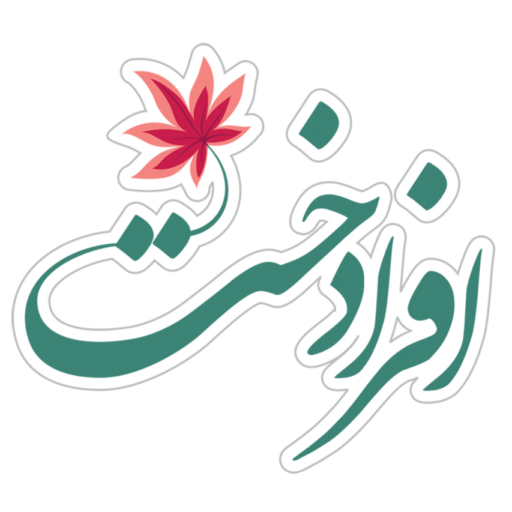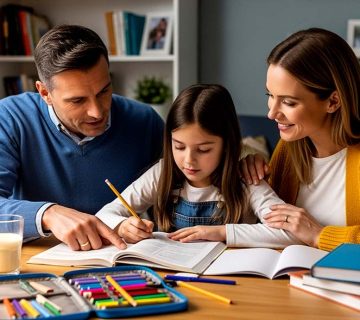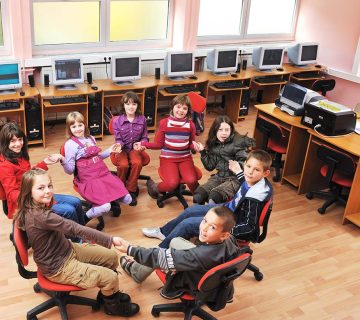Gamified learning is the use of game elements and mechanics (gamification) in the educational process to create an engaging, interactive, and motivating experience for the child.
At ages 7 to 12, children benefit most from play-based methods due to their search for new experiences and interest in creative challenges. Gamification, by using game structures such as point scoring, progress levels, badges, and friendly competition, increases children’s motivation and engagement in learning.
In this approach, the focus is on how the content is delivered; instead of teaching concepts in a dry manner, the teacher or educational platform designs a “story” or adventure in which the child is introduced as the main hero of the learning journey. Each time the child successfully completes an activity, they receive points or a special badge, which strengthens their sense of progress and satisfaction. Unlike traditional methods, this model turns learning from a duty into fun and discovery.
Psychological research shows that using gamification increases focus, strengthens memory, and helps form positive learning habits in children. For example, when a child solves math problems in a game-like environment, fear of failure decreases and the willingness to try different solutions increases. Additionally, immediate and performance-based feedback allows for real-time correction of mistakes and ensures continuous learning.
Finally, for successful implementation of gamified learning in the classroom or at home, the following tips are recommended:
Set clear and measurable goals so the child knows what actions are required to earn each point.
Use a variety of challenges: a mix of creative questions, group games, and interactive activities.
Design a reward system appropriate to the child’s age and interests: digital rewards (badges, avatars) and real-world rewards (praise, parental approval).
Display progress using simple charts or visual tables to boost the child’s motivation day by day.







